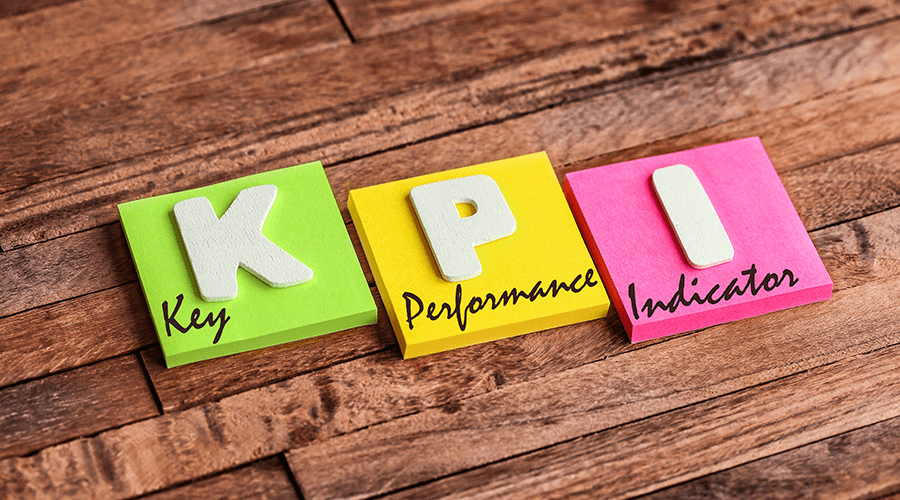
20 Dec Key Performance and KPIs
Key Performance Indicators (KPIs) are standards used to measure business performance. As a business owner it is important to understand how you rank compared to your competitors. Financial institutions, stakeholders, and prospective buyers use KPIs to analyze credit worthiness, business health, and business worth. KPIs are a great way to analyze what is performing well in the business and to determine which financial metrics a business should work on to improve performance. Today we are focusing on the current ratio. The current ratio is used to determine if a company has the ability to meet its short-term obligations.
Current Ratio = Current Assets / Current Liabilities
Current assets on your balance sheet are cash, accounts receivable, inventory, and prepaid expenses. Current liabilities are accounts payable, credit card debt, short term loans, and customer deposits.
How does the current ratio work? – The higher the company current ratio, the better the ability of the business to pay its short-term cash obligations. For example, say a business has $250,000 in current assets and $100,000 in current liabilities. The current ratio for this company would be 2.5 and indicates that the company has enough cash flow to meet its short-term cash obligations.
Here is another example. The business has $100,000 in current assets and $120,000 in current liabilities. The current ratio for this business would be 0.83. In this example, the company should be concerned that it may not be able to meet its cash obligations in the short term. This is when a business line of credit would be used to meet the business’ short-term cash obligations.
Best Practices – What are some strategies that you can use to improve your current ratio? Here are a few that will help improve cash flow. These strategies help your business convert assets to cash or hold on to your cash longer.
Sell off assets that are obsolete – By selling assets that are obsolete you are creating cash for the business.
Delay capital purchases – Capital purchases for equipment, vehicles, computers, or other infrastructure items will use cash that is needed to meet short-term obligations such as payroll. Delaying capital purchases will improve cash flow in the short term.
Refinance term loans for longer periods – This strategy lowers principal and interest payments for loan obligations, freeing up cash for other uses.
Bill customers sooner – Delayed billings result in delayed payments. When transacting business with consumers consider payment upon project completion. Plumbers, Heating/HVAC, and other services expect payment before they leave the consumer’s residence. This policy saves time and improves cash flow.
Negotiate longer payment cycles with vendors – If you do have a cash flow issue do not go radio silent with your vendors. Call them, let them know when they can expect payment or make payment arrangements. They will work with you. They want to be paid too.
Remember, this is only one KPI of several used to measure company performance. As an owner it is important to be able to explain KPI results to your stakeholders, bankers, or potential buyers. Reviewing KPIs monthly for your business and using improvement strategies will help prevent future surprises in business performance. It can also improve your bottom line.